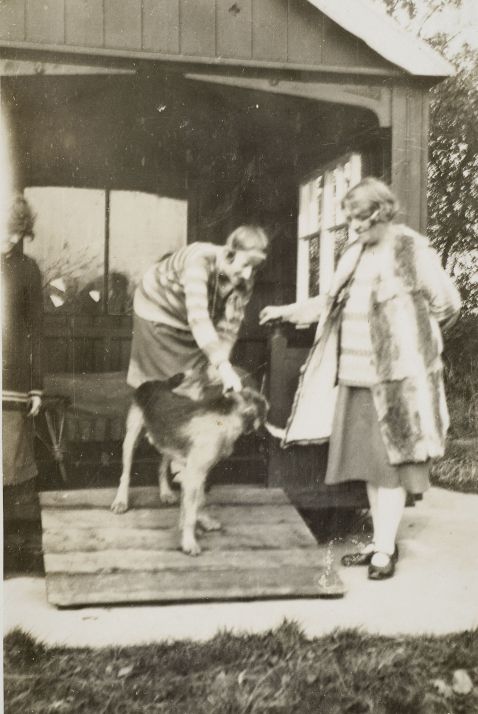I have recently completed the cataloguing of the last major section of the Holst Archive- the papers of G&I Holst Ltd. and the Holst Foundation, marking the beginning of the conclusion of the Holst Project. Throughout the process of sorting, weeding and arranging this section of the collection, it has become clear the sheer amount of work and effort required, on behalf of many individuals and organisations, to keep alive the music, work and legacies of two great musicians.
The papers of G&I Holst Ltd., set up in 1968, deal primarily with the business activities associated with the Holst legacy, including copyrights, publications, promotional activities, and finances. Set up in 1981 with Imogen Holst herself at the helm, the Holst Foundation materials alternatively deal with charitable grants for the promotion of primarily new musicians and contemporary music, as well as the personal legacies of Gustav and Imogen Holst. Indeed, the Holst Foundation and its activities demonstrate a true commitment to the objectives and ideals of the Holsts themselves, both of whom throughout their lives were supportive and encouraging of new musicians and worked to extend the joys of music and the arts above and beyond social and cultural boundaries.
But perhaps one of the most touching and emotive revelations within this part of the collection is the correspondence relating to Imogen Holst’s death in 1984. Obituaries and tributes, letters of condolence and appreciation, and donations to causes close to Imogen’s heart and life flooded in from not only across the country, but worldwide. Those who had worked with Imogen on a professional level, publishers, composers and performers, organisations, and societies, express sorrow at the loss of a great musician and colleague. Mere acquaintances through to closest friends express grief and offer poignant memories and recollections of all that Imogen contributed to the world of music and the arts. Notable names among the correspondents include Henry Thomas and Elizabeth Cadbury-Brown, architects of Imogen’s Aldeburgh bungalow and dedicated friends and neighbours, Nora Day, pupil and friend of Gustav Holst, and Ursula Vaughan Williams, second wife of Ralph Vaughan Williams and close friend of Imogen Holst. The sheer number of letters from across the world really reflect the impact that one woman had on the lives, careers, and outlook of so many.
This is further demonstrated in the oral history archive attached to the papers of Rosamund Strode. Nearly forty cassette tapes are held, recording interviews and conversations about various aspects of Imogen’s life and works, as well as recordings of programmes and talks focussing on Imogen and Gustav Holst. The transcripts of these tapes are catalogued and readily available for insights into the Holsts’ lives from many different points of view. Sitting alongside the abundance of materials within the collection as a whole, the oral history archive offers new perspectives on many areas of the Holsts’ lives; Imogen’s childhood and upbringing (particularly the role of her often underrepresented mother, Isobel Holst), her health and medical history, and her hobbies, passions and work.

Imogen and her mother Isobel at Brook End, circa 1925. [Copyright: Holst Foundation]


